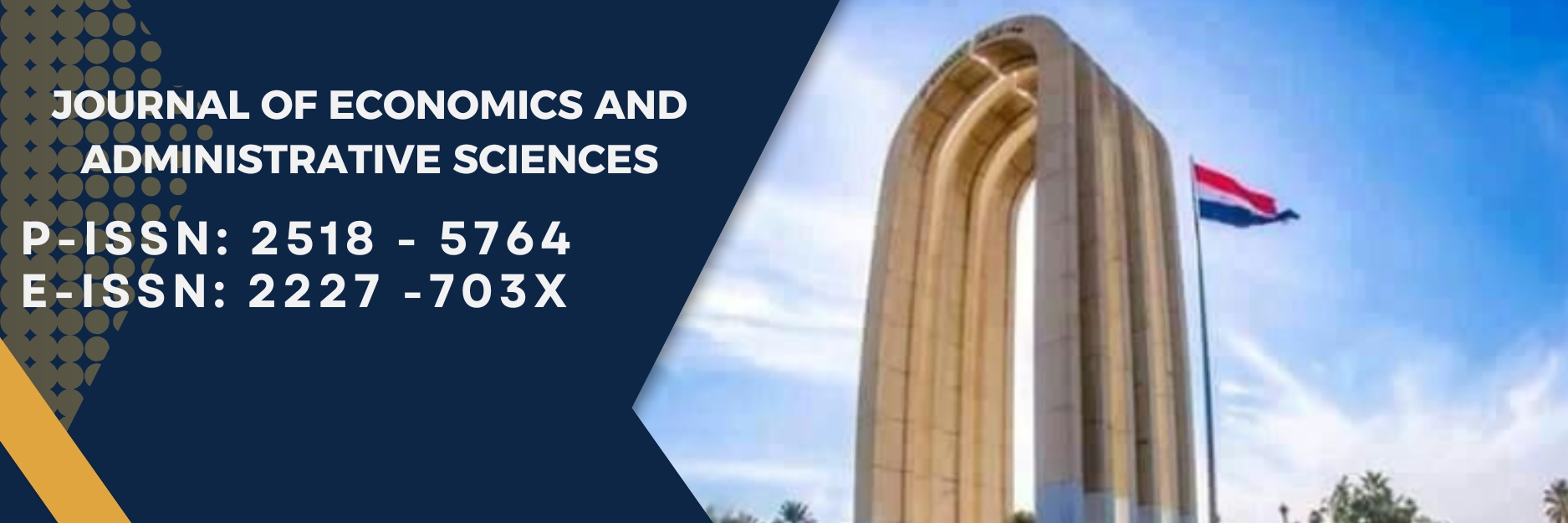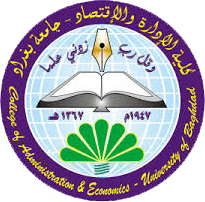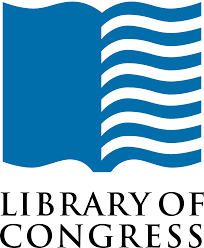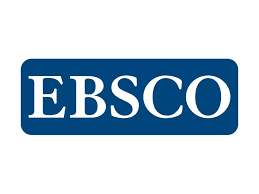The Use of Auto-Regressive Distributed Lag Method in Investigating The Impact of Interest Rate on Foreign Direct Investment in Yemen for the Period 1990-2018
DOI:
https://doi.org/10.33095/jeas.v26i123.1992Keywords:
Foreign direct investment, GDP growth, Interest rate, Trade openness, ARDL, Yemen., استخدام طريقة التباطوء الموزع في الانحدار التلقائي للتحقق من أثر سعر الفائدة على الاستثمار الأجنبي المباشر في اليمن للفترة 1990-2018Abstract
Foreign direct investment has seen increasing interest worldwide, especially in developing economies. However, statistics have shown that Yemen received fluctuating FDI inflows during the period under study. Against this background, this research seeks to determine the relationship and impact of interest rates on FDI flows. The study also found other determinants that greatly affected FDI inflows in Yemen for the period 1990-2018. Study data collected from the World Bank and International Monetary Fund databases. It also ensured that the time series were made balanced and interconnected, and then the Auto Regressive Distributed Lag method used in the analysis. The results showed that the interest rates and inflation rate harmed FDI flows and, therefore, could not be used for policymaking purposes. The research also discovered that GDP growth and trade openness are the main determinants of foreign direct investment in Yemen. Trade openness policies should be encouraged, and GDP growth facilitated if the economy is to achieve long-term FDI flows.
Purpose –The purpose of the paper is to discover the impact of interest rate on foreign direct investment with a combination of the exchange rate, inflation, gross domestic product, and trade openness.
Design/methodology/approach – The paper implements the Auto Regressive Distributed Lag (ARDL)-Bounds testing approach to analyze maintaining the time series properties in terms of stationarity.
Findings – The results indicate that there is a long-run equilibrium between the Foreign Direct Investment and the explanatory variables. Furthermore, the significant factors influencing, positively, FDI in Yemen are Growth domestic product, Exchange rate, and Trade openness. In contrast, both the Interest rate and Inflation rate have a substantial negative impact on Foreign Direct Investment.
Practical implications – Policymakers in Yemen advised reconsidering many of the general state policies, including investment policies, financial and administrative governance, and monetary policy that focuses on maintaining an adequate interest rate and reduce the rate of inflation.
Originality/value – As for the case of Yemen, this the first study empirically explores the impact of interest rate and the foreign direct investment using the Auto Regressive Distributed Lag method aiming for more reliable results.
Downloads
Published
Issue
Section
License
Articles submitted to the journal should not have been published before in their current or substantially similar form or be under consideration for publication with another journal. Please see JEAS originality guidelines for details. Use this in conjunction with the points below about references, before submission i.e. always attribute clearly using either indented text or quote marks as well as making use of the preferred Harvard style of formatting. Authors submitting articles for publication warrant that the work is not an infringement of any existing copyright and will indemnify the publisher against any breach of such warranty. For ease of dissemination and to ensure proper policing of use, papers and contributions become the legal copyright of the publisher unless otherwise agreed.
The editor may make use of Turtitin software for checking the originality of submissions received.


























